[Cha-1 Grand Prix] Now accepting participants until July 28
Major tea varieties
Major tea varieties
Yabukita
The most common variety, with strong cold resistance, accounting for about 80% of production.
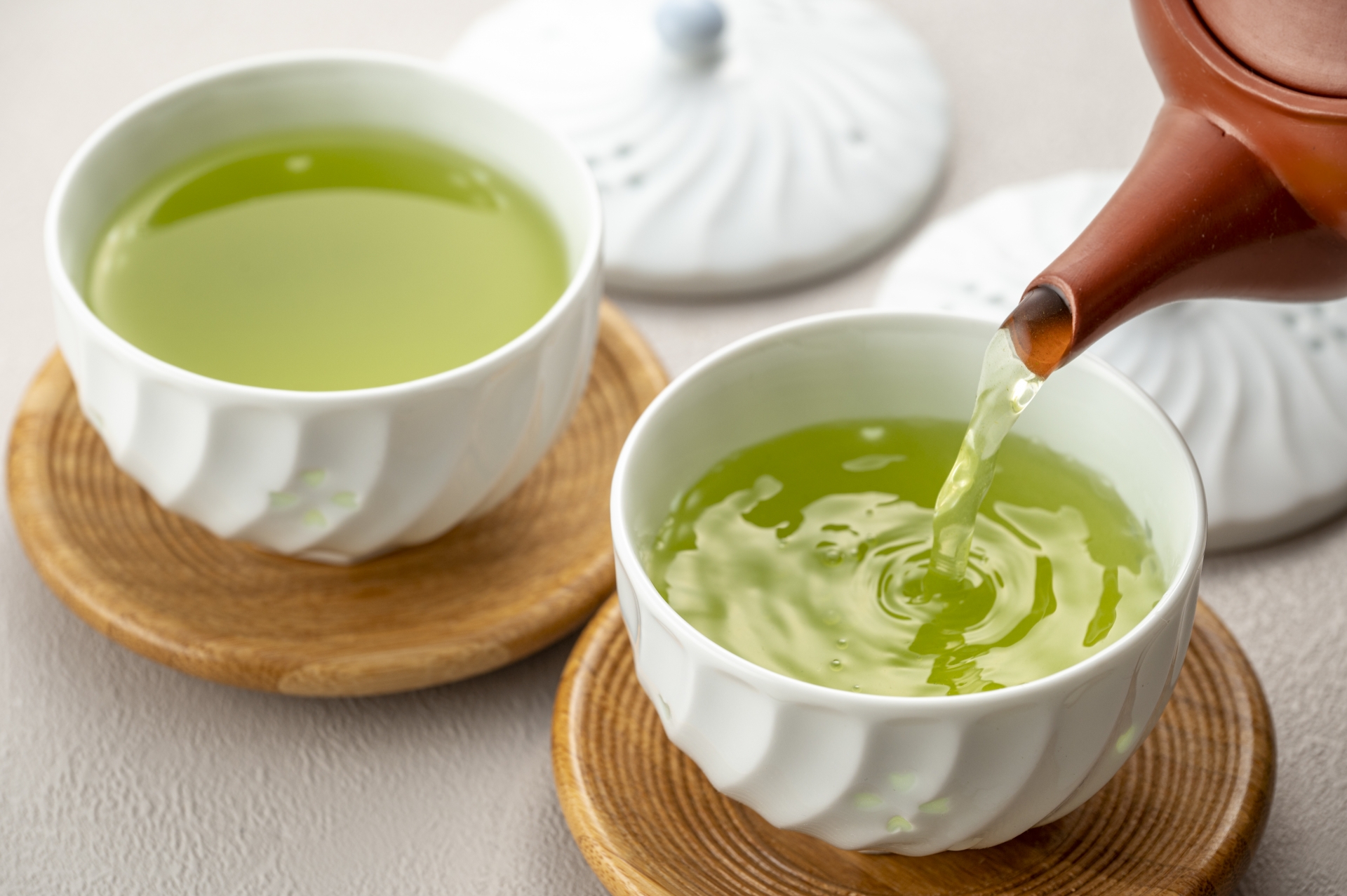
Yabukita is the most common variety of green tea in Japan. It is highly resistant to cold weather and produces high yields, making it easy for producers to cultivate.
When processed into sencha, it produces tea with a good balance of flavor and aroma and consistent quality.
The creator of “Yabukita” was Sugiyama Hikosaburo (1857–1841), a person from Shizuoka Prefecture. In 1908 (Meiji 41),
he cleared a bamboo grove on his own land in front of Tsushima Shrine in Nakayoshida, Yudo Village, Yudo District, Shizuoka Prefecture (now Nakayoshida, Suruga Ward, Shizuoka City, Shizuoka Prefecture) and created a tea field.
In tea cultivation comparison tests conducted at the Shizuoka Prefectural Agricultural Experiment Station, “Yabukita” received high evaluations and was designated as a recommended variety by Shizuoka Prefecture in 1945 (Showa 20).
In 1953 (Showa 28), it was registered as a variety by the Ministry of Agriculture, Forestry and Fisheries. This marked the beginning of its widespread adoption across Japan.
The taste of Yabukita
It has a well-balanced sweetness, umami, and refreshing astringency, making it a flavor that is popular with many people.
Due to its excellent characteristics, Yabukita is a popular variety that accounts for about 80% of Japanese tea production.
Asatsuyu
A rare variety with a strong umami flavor, also known as “natural gyokuro.”
Asatsuyu is a rare variety of green tea mainly produced in Kagoshima Prefecture, also known as “natural gyokuro.” It is also produced in a small area in Kakegawa.
It is characterized by its strong umami and sweetness, with little astringency and a mellow taste. It is also a bright green tea that is popular with women
The taste of Asatsuyu
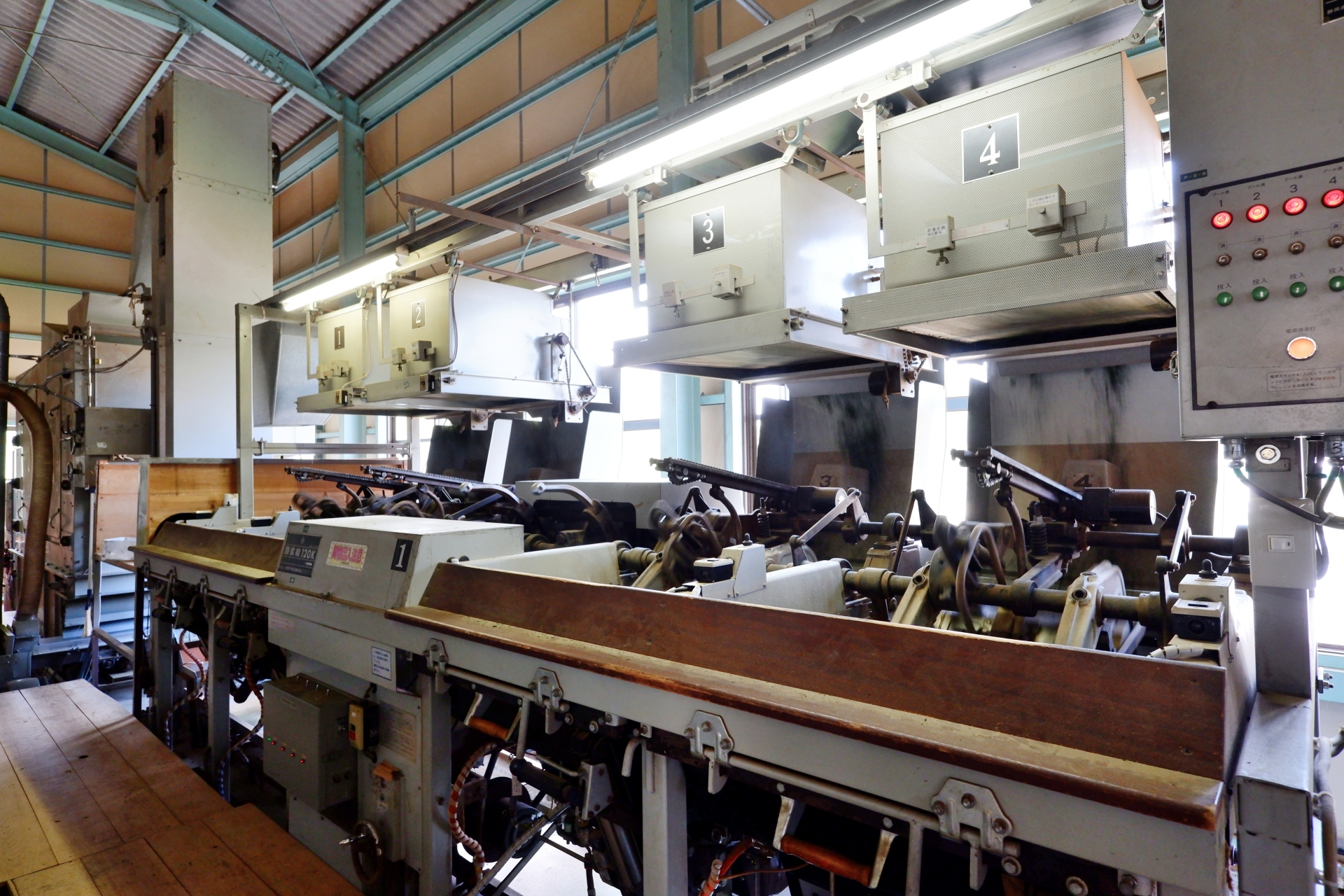
Strong umami and sweetness:
It has a high content of theanine (an amino acid) and a low content of catechins, resulting in a mellow flavor.
Low astringency:
Due to its low catechin content, it has low astringency and is easy to drink.
Vibrant green color:
By covering the tea fields for a few days before harvesting, the green color and umami of the tea leaves are enhanced, resulting in a vibrant green color.
Rare variety:
Only about 1% of national production is this variety, and cultivation requires significant effort. This is why it is called a rare variety.
Why it is called “natural gyokuro”:
With its strong umami and sweetness and low astringency, it has a flavor similar to gyokuro, hence the alternative name “natural gyokuro.”
Tsuyuhikari
Bright green color, strong sweetness and umami, and low astringency.
Tsuyuhikari is a variety of green tea developed in Shizuoka Prefecture. It was bred by the Shizuoka Prefectural Tea Research Station by crossing [Shizuoka 7132] with Asatsuyu. It was registered as a variety in 2000.
It is characterized by its vibrant green color, strong sweetness and umami, and low astringency. It is also known for its high disease resistance and cold tolerance, making it an easy-to-grow variety.
While it is cultivated in Kakegawa, the neighboring city of Omaezaki in Shizuoka Prefecture has particularly focused on branding it, selling it in various forms such as tea bags, powder, and PET bottles.
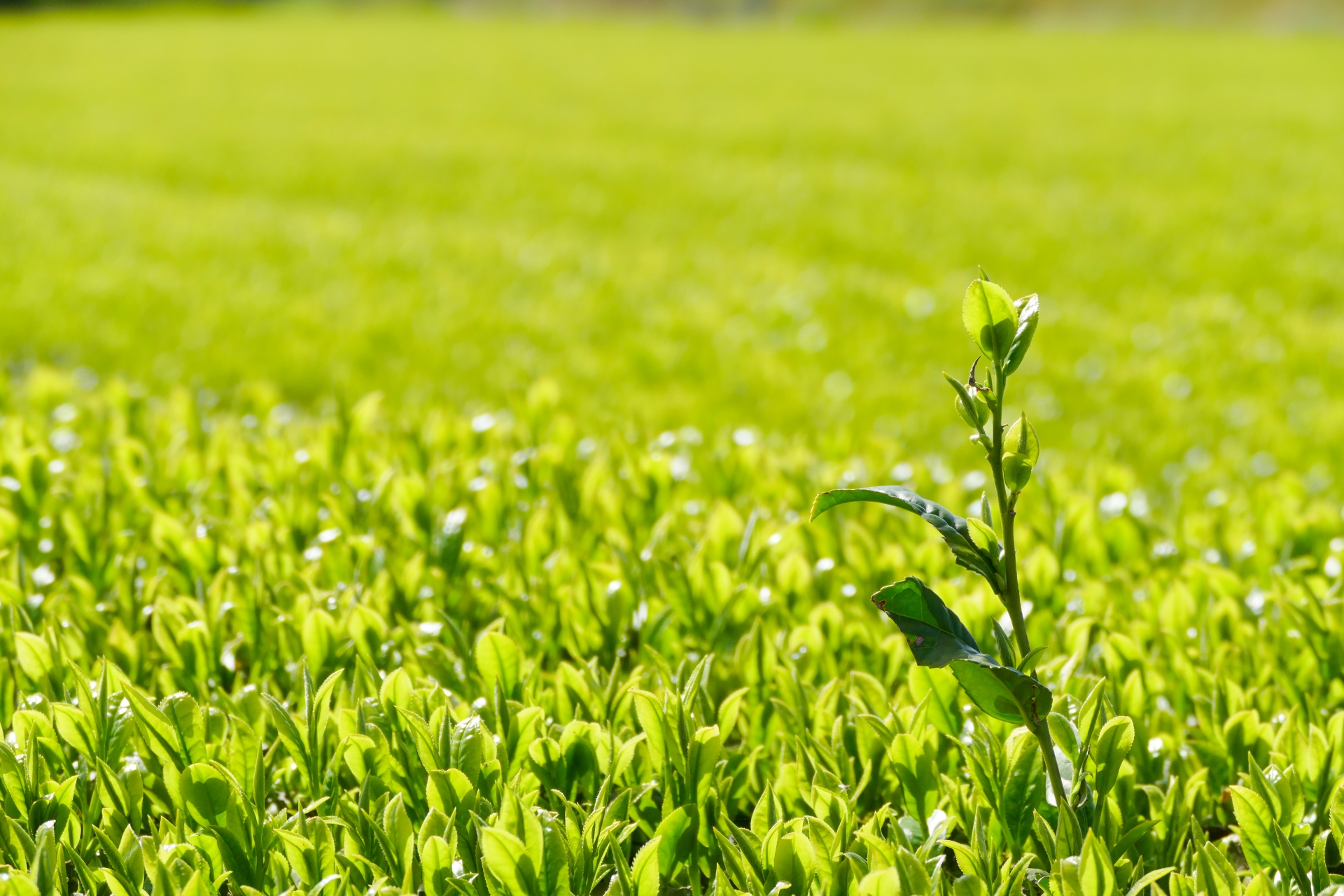
Low bitterness and astringency:
With low bitterness and astringency, this variety has a wide appeal and can be enjoyed by anyone.
Delicious even when brewed with cold water:
When brewed with cold water to make iced tea, it has an even sweeter flavor and is highly recommended.
Can be used in cooking and baking:
The powdered “Tsuyuhikari” can be used in cooking and baking.
Ideal for cold tea:
With its low astringency, it is easy to drink even when served cold.
Refreshing aroma:
It has a subtle aroma reminiscent of cherry blossom leaves and pairs well with sweets.
Early-harvest variety:
It is the earliest-harvested new tea among those produced in Shizuoka Prefecture.
Ssemidori
Characterized by its vivid green color and refined flavor.
“Saemidori” is a variety of Japanese tea characterized by its vivid green color and refined flavor.
It is a hybrid of Yabukita and Asatsuyu, known for its early harvest and high quality.
As its name suggests, “Saemidori” has bright, vivid green leaves.
It is also characterized by its low astringency, rich umami flavor, and refined aroma.
As a result, it is popular not only as sencha or gyokuro but also as a blending tea.
It is primarily cultivated in southern Kyushu, centered around Kagoshima Prefecture, but in recent years,
it has also begun to be cultivated in Shizuoka Prefecture and the Kansai region.
Features of Saemidori
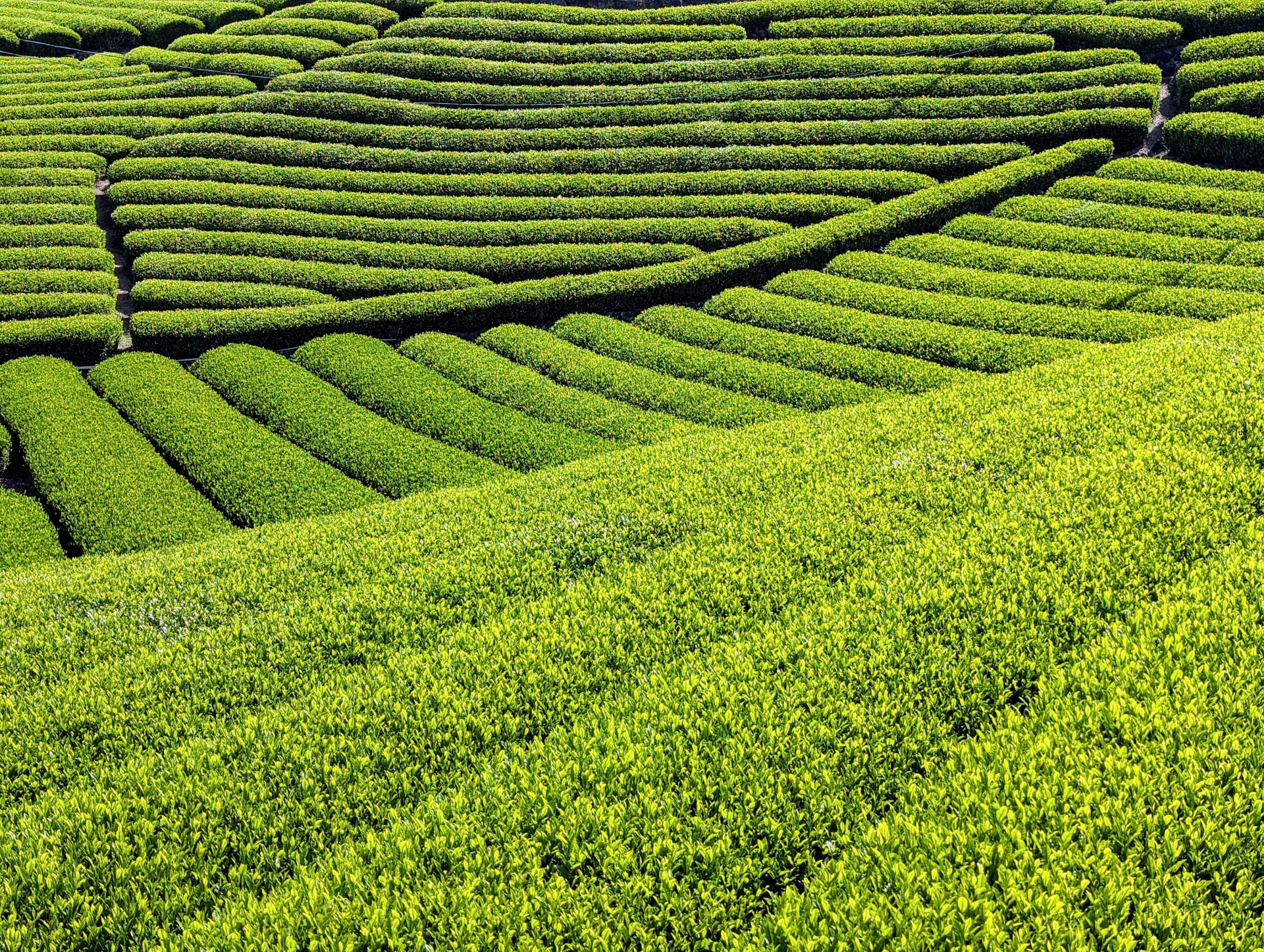
Color: Bright, vivid green
Aroma: Refined fragrance
Flavor: Low astringency, rich umami
Early variety: Early harvest period
Uses: Sencha, gyokuro, blends
Due to its excellent quality and drinkability, Saemidori is popular not only among Japanese tea lovers but also among those who dislike astringency.
Hakuyou-cha
A unique golden tea that tastes like you're drinking dashi broth.
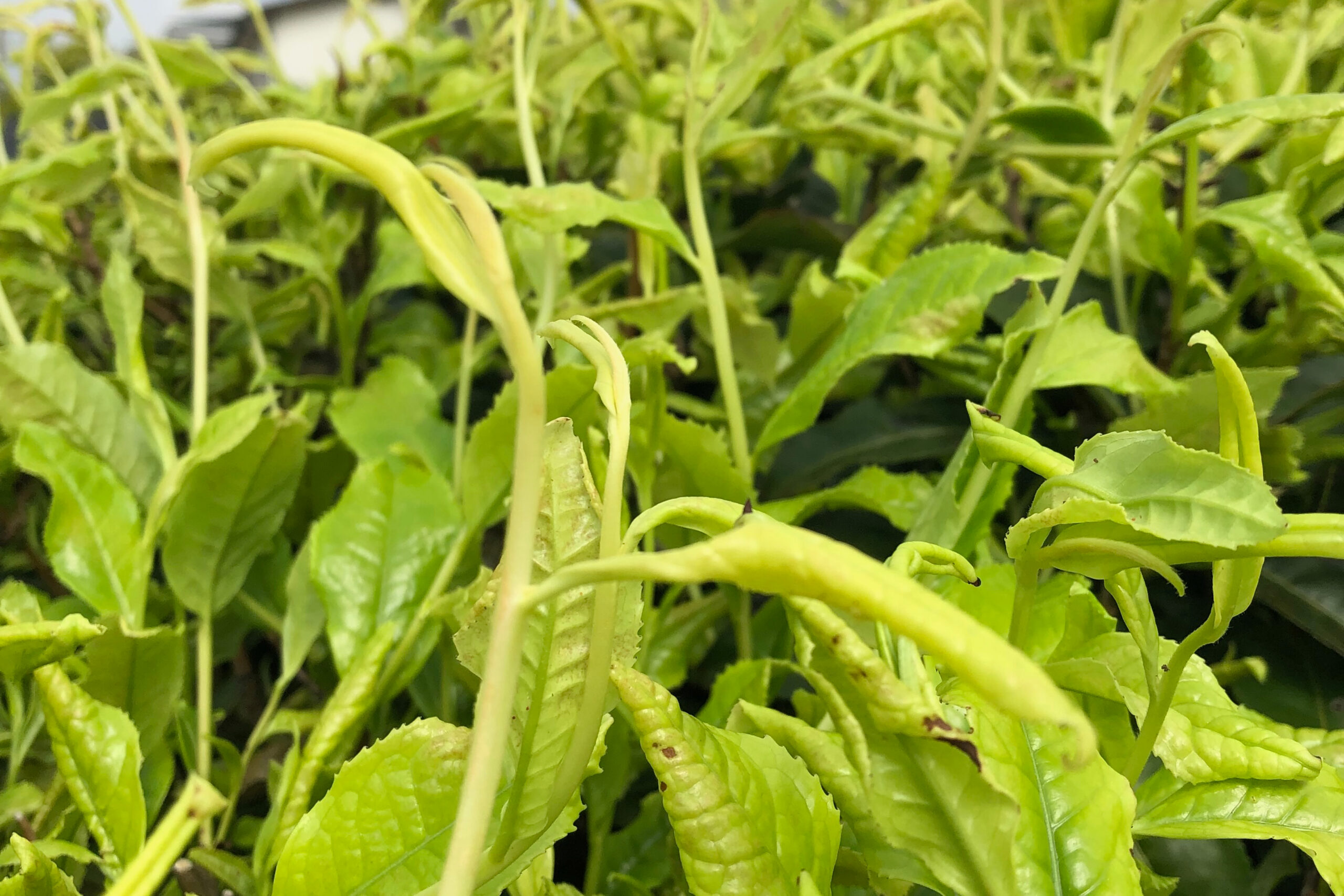
This is a rare type of tea with white leaves. Covered tea refers to tea that is grown under cover when new buds begin to sprout.
In particular, white leaf tea is grown with 99.99% of sunlight blocked.
By completely blocking sunlight, not only do the leaves turn white, but the amino acid components that give tea its umami flavor increase to three times that of ordinary tea and twice that of gyokuro.
The flavor is distinctive, often described as resembling “dashi” (Japanese broth), with a golden-brown hue reminiscent of sepia.
It has minimal bitterness and a sweetness reminiscent of chestnuts, with a slight bitterness and a deep, rich flavor.
It has a clean aftertaste that lingers, making it a highly distinctive tea.
Obayashi-tea
Rare teas that are not widely available on the market,
produced at a small factory run by eight tea farmers.
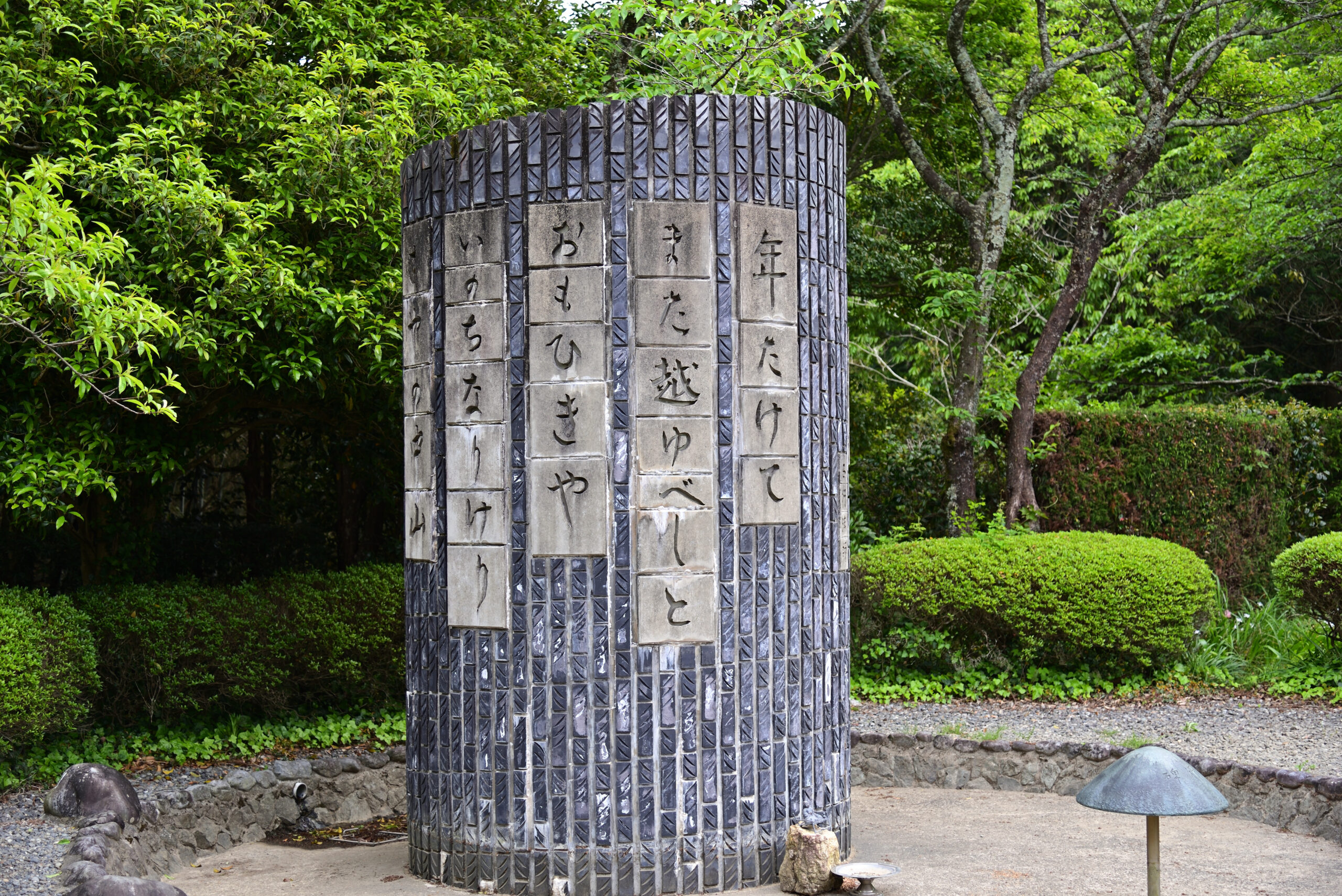
The Obayshi Tea Association is located in a naturally rich environment at the southern foot of Mt. Awagatake in the northeastern part of Kakegawa City, Shizuoka Prefecture.
The association operates a small-scale factory run by eight tea farmers, primarily cultivating the Yabukita variety, as well as the Saemidori, Tsuyuhikari, Asatsuyu, and Okumidori varieties.
Additionally, the obayashi Tea Cooperative is situated at the western foot of Sayo-no-Nakayama, one of the three major passes (touges) along the Tokaido Road.
It is located near the 25th post station of the Tokaido Road, “nissaka-juku,” at the foot of the mountain.
Surrounded by mountains, there is no flat land, and the cooperative’s tea factory is built on one of the few flat areas, making it difficult to access with heavy machinery.
Due to limited production and retail quantities, the deep-steamed tea sold directly by the obayashi Tea Cooperative is rarely available and is considered a rare and elusive tea.
Higashiyama-tea
World Agricultural Heritage Site: “Chagusaba Farming Method”
Tea produced in the Higashiyama region, where this method originated

The origin of the Chagusaba farming method is the Higashiyama district of Kakegawa City, Shizuoka Prefecture.
The tea is of the Yabukita variety. Tea produced in this region is highly prized under brand names such as Higashiyama Tea among Kakegawa teas.
Although it is not widely available nationwide, it is relatively easy to obtain as a high-grade tea at tea shops and souvenir shops in Kakegawa City.
Copyright © KAKEGAWAcha.com 2025

